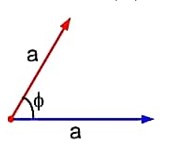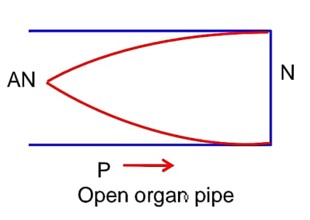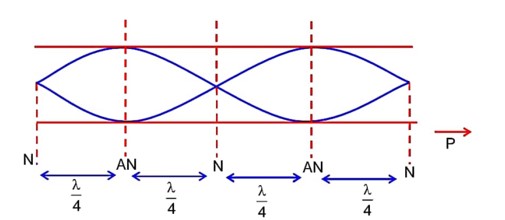Physics Waves
Get insights from 104 questions on Physics Waves, answered by students, alumni, and experts. You may also ask and answer any question you like about Physics Waves
Follow Ask QuestionQuestions
Discussions
Active Users
Followers
New answer posted
4 months agoContributor-Level 10
The SI unit of wave speed is metres per second (m/s).
This unit tells us the distance a wave travels in one second.
Since wave speed (v) is calculated using the formula:
(where f is frequency in hertz (Hz) and lambda is wavelength in metres),
multiplying Hz (1/s) by metres (m) gives the result in m/s.
New answer posted
4 months agoContributor-Level 10
The speed of a wave depends on the properties of the medium through which it travels. The key factors include
- Type of medium (solid, liquid, or gas)
- Density and elasticity of the medium
- Temperature (especially for sound waves in gases)
- Wavelength and frequency of the wave
New answer posted
4 months agoContributor-Level 10
The speed of a travelling wave changes due to the medium it travels through.
For sound waves, speed is influenced by the density and elasticity (bulk modulus) of the material.
The formula is: v = Square root of (B/p)
Where:
v = wave speed
B = bulk modulus (stiffness)
p = density of the medium
Sound always travels faster in water than in air. Sound waves travel even faster in solids like steel than water. We can know this because we have learned that the particles in solids and liquids are more closely packed. Because of that, the wave can transmit more energy.
Taking an Exam? Selecting a College?
Get authentic answers from experts, students and alumni that you won't find anywhere else
Sign Up on ShikshaOn Shiksha, get access to
- 66k Colleges
- 1.2k Exams
- 680k Reviews
- 1800k Answers



